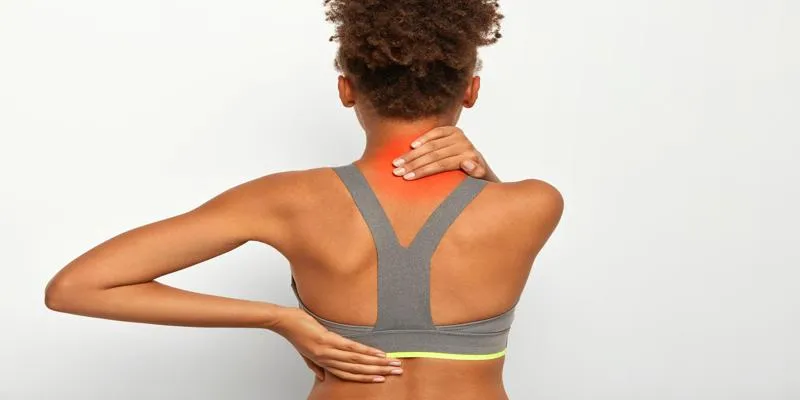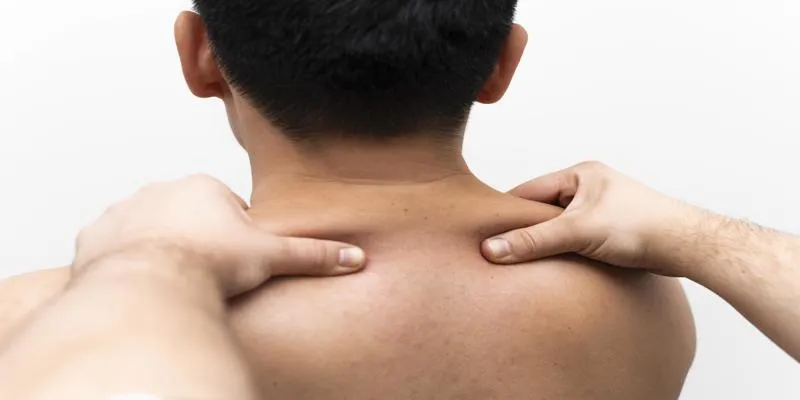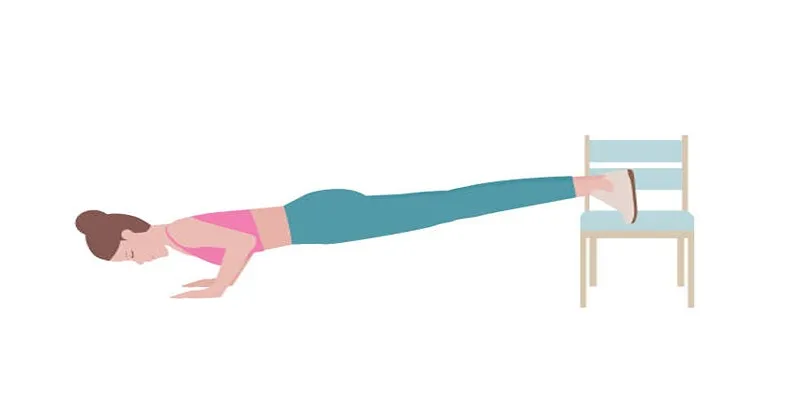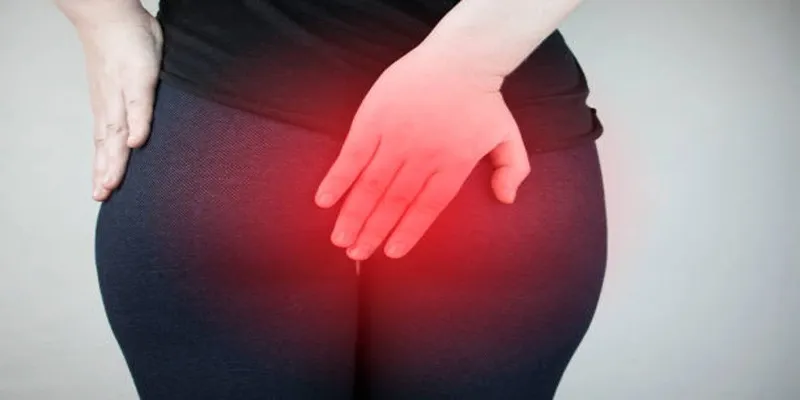What to Know About Right Upper Quadrant Pain
Your right upper quadrant might be sending you signals, and understanding them could indicate whether you need to consult a doctor or can simply relax. From pesky gallstones to more serious liver conditions, this area is a focal point for various health concerns.
Anatomy of the Right Upper Quadrant

Critical Organs in the RUQ
The liver takes center stage in this region, performing vital functions such as filtering blood, producing bile, and aiding nutrient processing. Beneath it lies the gallbladder, a small sac storing bile for digestion. Additionally, parts of the stomach, pancreas, and the hepatic flexure of the colon reside here. Although technically behind the peritoneum, the right kidney is also part of this group.
Supporting Cast
The RUQ houses not only organs but also major vessels like the hepatic artery and portal vein, which supply blood to the liver. These vital organs are shielded by muscles, including portions of the diaphragm and abdominal wall muscles.
Common Causes of Right Upper Quadrant Pain
Gallbladder Problems
Gallbladder disease is a common cause of RUQ pain. This small organ can develop stones or become inflamed. If you experience sharp pain after eating fatty meals, your gallbladder might be the culprit.
Liver Issues
The liver, the largest internal organ located in the RUQ, can cause discomfort due to conditions like hepatitis, fatty liver disease, or liver cancer. Look out for yellowing skin or eyes, as these might indicate liver problems.
Digestive Tract Concerns
RUQ pain might also stem from digestive issues. Conditions like peptic ulcers, gastritis, or acid reflux can cause discomfort in this area. Symptoms such as heartburn or nausea might signal an upset in your digestive tract.
Other Possibilities
Pain in the RUQ can sometimes be referred from other areas, such as the lungs or kidneys. Conditions like pneumonia or kidney stones might manifest as discomfort in this quadrant. Remember, pain felt in one area doesn’t always originate there.
Symptoms Associated with RUQ Pain

Understanding the symptoms that accompany RUQ pain can help you communicate effectively with your doctor and potentially lead to an earlier diagnosis.
Common Accompanying Symptoms
You might experience a sharp or dull ache in your upper right abdomen, sometimes radiating to your back or shoulder blade. This pain might intensify after meals, especially fatty ones. Nausea and vomiting often accompany gallbladder-related pain.
Other symptoms include:
- Fever and chills
- Jaundice (yellowing of the skin and eyes)
- Loss of appetite
- Unexplained weight loss
- Bloating or fullness in the abdomen
Severity and Duration
RUQ pain varies in intensity and duration. It might be mild or severe and can be intermittent or constant. Some people experience sudden intense pain that resolves quickly, while others endure a persistent ache lasting hours or days.
If you experience any of these symptoms with RUQ pain, it’s crucial to seek evaluation and appropriate treatment.
Diagnosing the Underlying Cause
Accurate diagnosis is key to effective treatment. Be prepared to describe your symptoms in detail, including the onset, intensity, and any triggers or reliefs.
Differential Diagnosis
Diagnosing RUQ pain can be complex due to the myriad of possible causes. Your doctor will consider common causes like gallstones, hepatitis, or appendicitis, as well as rarer conditions like pneumonia or kidney stones. They will also rule out referred pain from other body areas.
- Blood tests to check for infections, liver function, and pancreas issues
- Imaging tests such as ultrasounds, CT scans, or MRIs
- Endoscopy or colonoscopy
Communicate openly with your healthcare provider, asking questions and expressing concerns. A proper diagnosis will guide your treatment plan and lead you toward relief.
Treatment Options for Right Upper Quadrant Pain
Medication Management
- Mild pain relievers like acetaminophen or ibuprofen are often sufficient. For acid reflux, your doctor might prescribe medication. In case of infection, stronger painkillers or antibiotics may be necessary.
Lifestyle Changes
Consider making lifestyle adjustments such as:
- Avoiding trigger foods
- Maintaining a healthy weight
- Quitting smoking
Medical Procedures
In some cases, more invasive treatments might be needed. For gallbladder issues, a cholecystectomy (gallbladder removal) might be recommended. Kidney stones could require lithotripsy.
Always consult a healthcare professional to determine the best course of action for your specific situation. They’ll diagnose the cause of your pain and prescribe appropriate treatment to help you feel better.
Conclusion
While RUQ pain can be alarming, it’s often not severe. However, don’t ignore persistent pain in this area. Your body is signaling a message, so listen closely. Pay attention to any accompanying symptoms and consult your doctor for an accurate diagnosis and treatment plan. Take care of yourself and give your body the attention it needs.











